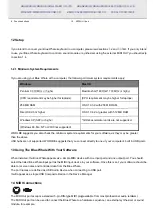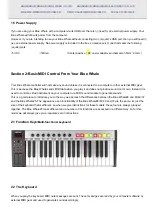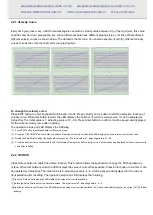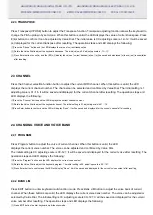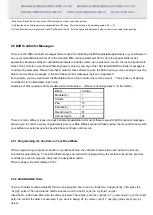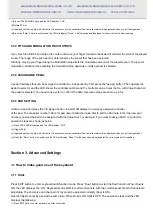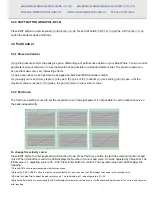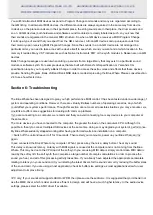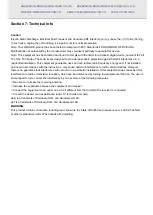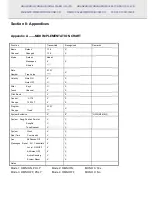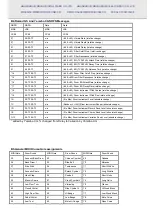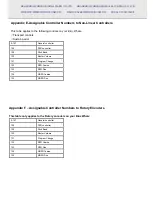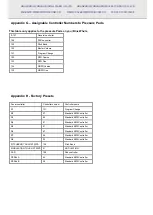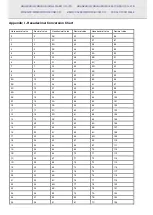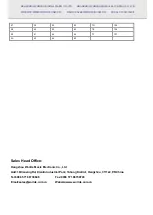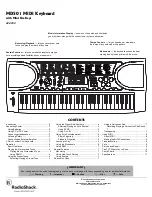
HANGZHOU WORLDE DIGITAL PIANO CO.,LTD HANGZHOU WORLDE MUSIC ELECTRONIC CO., LTD
WEBSITE: WWW.WORLDE.COM.CN EMAIL:[email protected] TEL:86 571 88730848
Section 4: Usage Examples
4.1 Recording Your Performance On A Sequencer
A MIDI sequencer will allow you to record, play back, store and edit MIDI data. Although hardware sequencers exist,
we will focus on the more commonly used software sequencers in this manual. Examples of popular software
sequencers are Pro ToolsTM, CubaseTM and LogicTM, although there are many different sequencing applications
available for your computer.
In order to use the Blue Whale with your sequencer, you need to set up the sequencer software so that the Blue Whale is
recognized as the sequencer’s MIDI input device. You need to choose a MIDI output device that is capable of making
sound when MIDI data is sent to it. This may be a soundcard on your computer, a VST instrument or a sound module
connected to a MIDI port which is in turn connected to your computer. Please consult your sequencer’s user manual for
more information on how this is done. In this manual, section 1.3.1, “Using The Blue Whale With Your software” details
how the Blue Whale will appear in the device listing of your sequencer.
With the Blue Whale set up to communicate with the sequencer, data will go into the sequencer and will be routed to a
virtual synthesizer within the sequencer software or sent to an external sound module via a MIDI output port. The
virtual synthesizer or external sound module will turn the MIDI data into audible sounds. You can then record the
incoming MIDI data and edit your performance using your sequencer.
Section 5: MIDI Information Specification
5.1 Program & Bank Changes Explained
T
he original GM MIDI Specification was designed to access only 128 different sounds using Program Change
messages (0-127).
As MIDI devices grew to be more sophisticated and contain more sounds, Bank Change messages were included
in the specification to allow for more than 128 sounds to be accessed. Within each bank there are a possible 128
different sound patches that can be accessed using the standard Program Change command. Using the expanded
14-bit Bank Change command, there are now 16,384 banks available—each with 128 sounds patches. Technically
speaking, the first 7 bits of the 14-bit Bank Change message are sent in a single byte known as the Bank LSB. The
last 7 bits define another byte known as the Bank MSB. The Bank LSB is the most commonly used. This allows for
128 bank changes, and often there is no need to send a Bank MSB.





